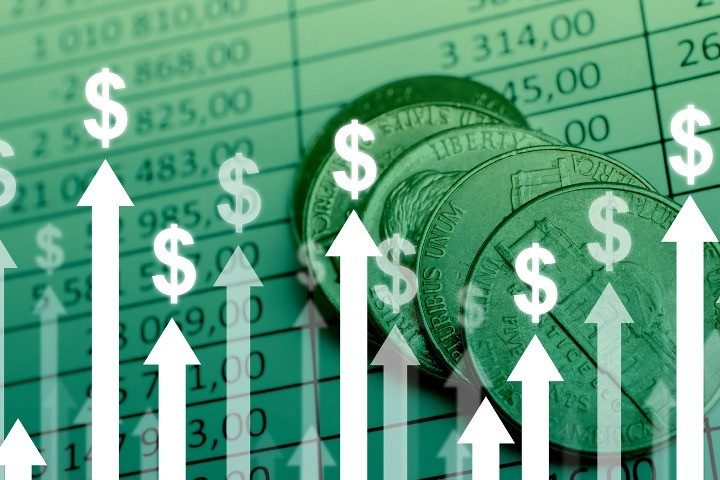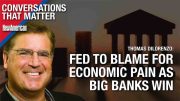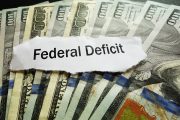
Inflation and rapidly growing interest rates pushed total household debt up to a record $16.2 trillion last quarter as credit card spending posted the biggest yearly spike in more than 20 years, the New York Federal Reserve reported on Tuesday. They also warned that delinquencies are beginning to rise amid growing concerns over the weakening economy.
The report shows total household debt increasing in the second quarter of 2022 by $312 billion (two percent), to $16.15 trillion. Balances now stand $2 trillion higher than at the end of 2019, before the Covid-19 pandemic. Mortgage balances — the largest component of household debt — climbed $207 billion and stood at $11.39 trillion as of June 30. Credit card balances saw their largest year-over-year percentage increase in more than twenty years, while aggregate limits on cards marked their largest increase in over ten years. Transitions into delinquency ticked up but remained very low compared to historical levels. The report is based on data from the New York Fed’s nationally representative Consumer Credit Panel.
“The second quarter of 2022 showed robust increases in mortgage, auto loan, and credit card balances, driven in part by rising prices,” said Joelle Scally, administrator of the Center for Microeconomic Data at the New York Fed. “While household balance sheets overall appear to be in a strong position, we are seeing rising delinquencies among subprime and low-income borrowers with rates approaching pre-pandemic levels.”
The report included a summary of key takeaways and their supporting data points. Overarching trends include:
Housing Debt
There was $758 billion in newly originated mortgage debt in Q2 2022, with 65% of it originated to borrowers with credit scores over 760. Three percent of newly originated mortgages were originated to subprime borrowers, a sharp contrast to the 13% average seen between 2003-2007.Although foreclosures have been very low due to the moratoria on new foreclosures and mortgage forbearances, 35,000 individuals saw new foreclosures on the credit reports, an increase from 24,000 in the previous quarter. This potentially suggests the beginning of a return to more typical levels.
The share of mortgage balances 90+ days past due remained at 0.5%, a historic low.
Student Loans
Outstanding student loan debt stood at $1.59 trillion in Q2 2022, roughly unchanged from Q1 2022.
About 5% of aggregate student debt was 90+ days delinquent or in default in Q2 2022. The lower level of student debt delinquency reflects a Department of Education decision to report current status on loans eligible for CARES Act forbearances.
Account Closings, Credit Inquiries and Collection Accounts
The number of credit inquiries within the past six months–an indicator of consumer credit demand–was roughly unchanged at 110 million.
233 million new accounts were opened in the second quarter, an increase from the previous quarter and the highest seen since 2008.
With inflation at 9.1 percent as of June, the economy continues to suffer under higher prices pretty much across the board. This has led consumers to question their finances, as rapid inflation is fueling fears of a looming recession.
“With the supportive policies of the pandemic mostly in the past, there are pockets of borrowers who are beginning to show some distress on their debt,” Fed researchers said in a blog post on Tuesday. “When we break these out by neighborhood income using borrower zip code, we observe that the delinquency transition rates for credit cards and auto loans are creeping up, particularly in lower-income areas.”
These new numbers on record household debt should make it quite apparent that the Biden administration will have to stop their pathetic attempt to brush off the economic woes people have been experiencing for months.
According to the Washington Examiner, last week
Biden was insisting that “we’re not going to be in a recession.” His administration backed up this claim by attempting to redefine what a recession is, arguing that we need a “much broader spectrum of data points” to figure out what exactly this period of economic contraction is. [That] will age about as well as Biden’s claim last year that inflation, which is now at a 40-year high, was just a temporary snag in the system.
Though the administration may try to hoodwink Americans into believing there is no recession on the horizon, facts don’t lie.




